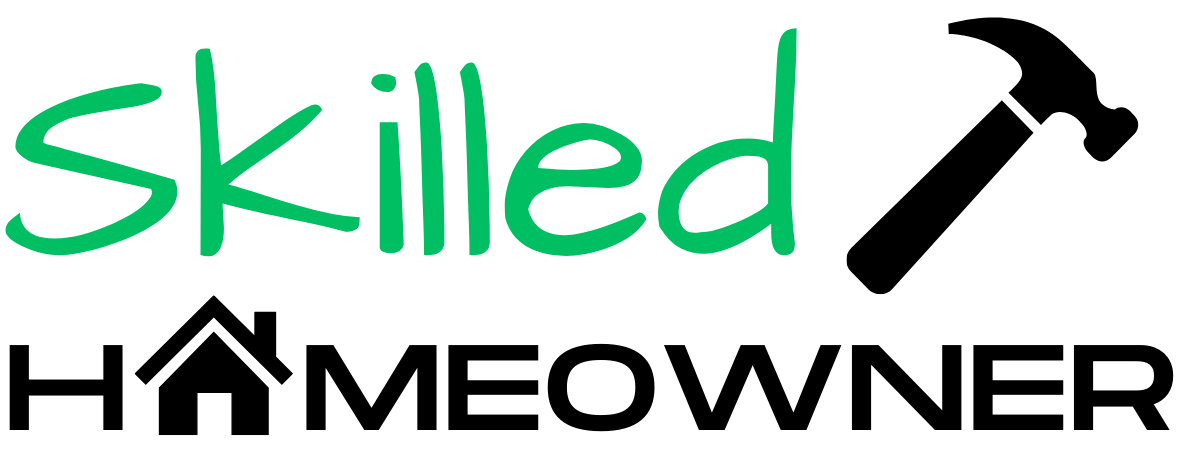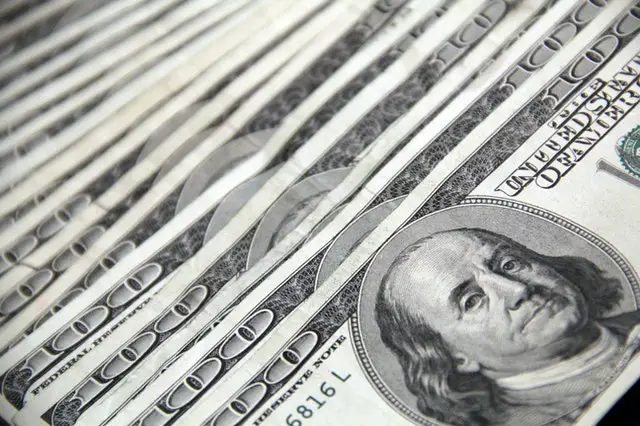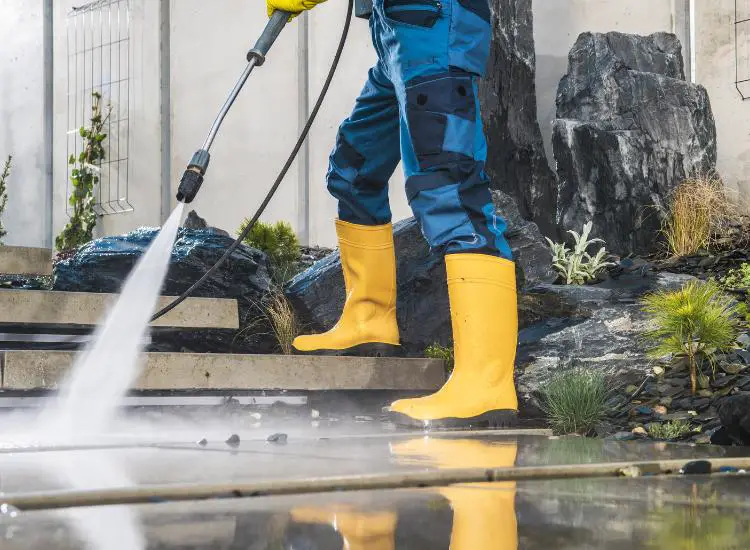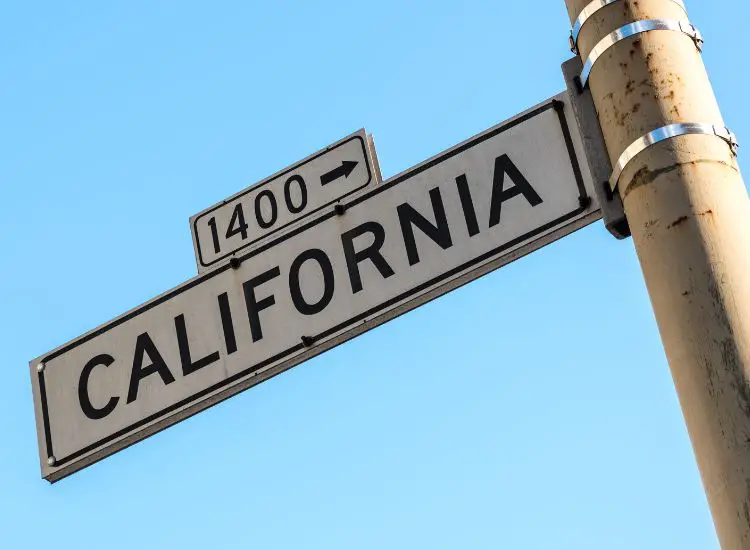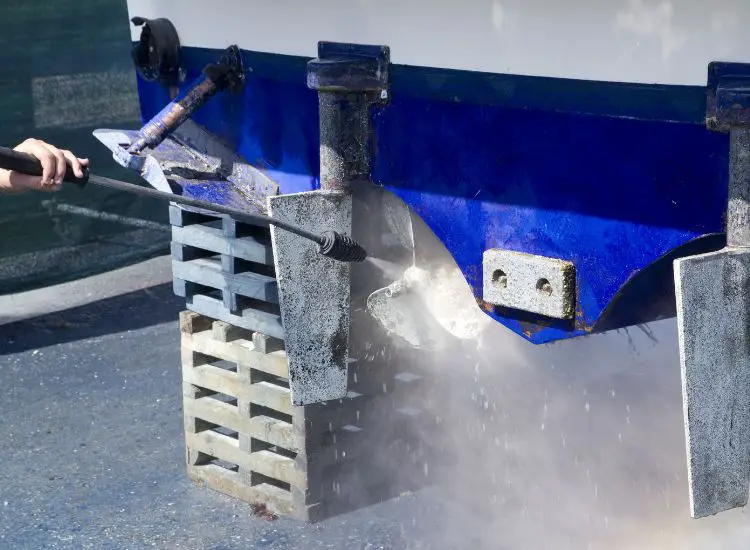How Long After Pressure Washing Can You Paint?
Pressure washing your home’s exterior is a crucial step in preparing it for a fresh coat of paint. While you may be eager to start painting, it’s essential to allow enough time for the surface to dry completely.
The drying time depends on various factors, such as the type of surface being painted and the weather conditions. In general, you should wait at least 24 hours after pressure washing before applying paint. This ensures a clean, dry surface for optimal paint adhesion and coverage.
Ideal Conditions for Pressure Washing
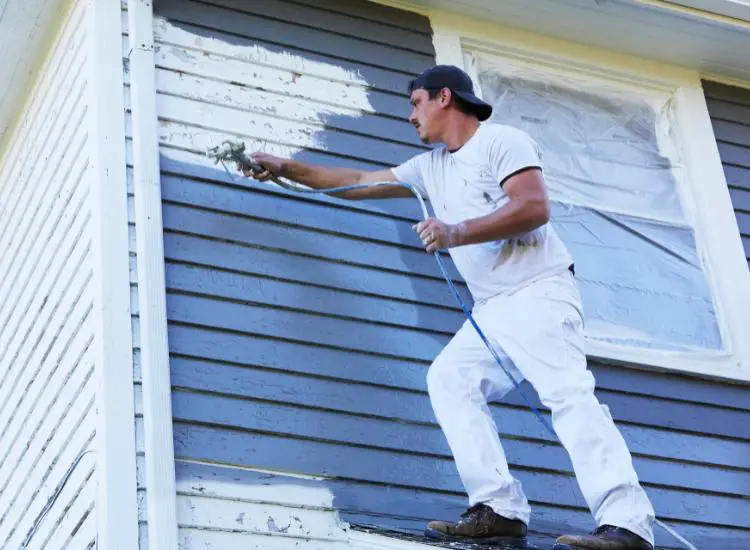
Temperature and Humidity
When planning to pressure wash your home, choose a day with moderate temperatures. Aim for a day when it’s between 60°F and 75°F (15°C and 24°C). High humidity can slow down the drying process, so it’s best to work in relative humidity of 40-50%, if possible.
Weather Conditions
Aside from temperature and humidity, take note of the overall weather conditions. Opt for a sunny or lightly overcast day when pressure washing. This not only makes your work more enjoyable but also helps the surface dry faster. Avoid pressure washing during periods of rain, as it can affect your efficiency and the outcome of your painting project.
Paint Selection
When you decide to paint after pressure washing, the choice of paint is crucial. In this section, we’ll discuss two types of paints that you can consider for your project: Water-Based Paints and Oil-Based Paints.
Water-Based Paints
These paints, also known as latex paints, are popular for their quick-drying properties. You’ll be able to start painting sooner after pressure washing because the paint adheres well to a clean surface. Plus, they’re environmentally friendly and easy to clean.
- Pros: Quick-drying, easy clean-up, eco-friendly
- Cons: May not be as durable as oil-based paints
Oil-Based Paints
Contrarily, oil-based paints offer more durability and a longer-lasting finish. They are a great choice if you’re focused on long-term protection for your surfaces.
- Pros: Highly durable, longer-lasting finish
- Cons: Longer drying time, harder to clean up
Drying Time After Pressure Washing
When you pressure wash your surface, it’s essential to let it dry thoroughly before applying any paint. Typically, the drying time ranges from 24 to 48 hours; however, it can vary depending on various factors.
Factors Affecting Drying Time
- Weather conditions: The weather plays a significant role in the drying time. Sunny, warm, and windy days help speed up the drying process, while cold, humid, or rainy conditions prolong it.
- Surface material: Different surfaces absorb and release moisture at varying rates. Wood may take longer to dry compared to metal or concrete, as it’s more absorbent.
Keep an eye on these factors to ensure proper drying before painting, and remember to be patient during this process. Proper preparation will lead to a more successful and long-lasting paint job.
Painting Preparation Tips
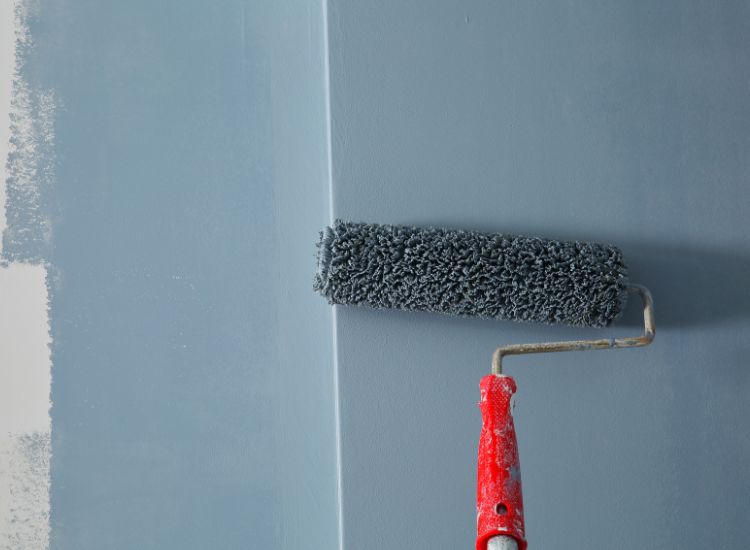
Surface Inspection
Before you begin painting, thoroughly inspect the surface you’ve pressure washed. Check for any remaining dirt, chipped paint, or damaged areas. If necessary, gently sand these spots for a smooth finish.
Priming the Surface
Once the surface is clean and dry, apply a high-quality primer to ensure proper paint adhesion. This can significantly improve the durability and longevity of your paint job. Wait for the primer to dry completely before applying your top coat.
Safety Recommendations
Pressure Washer Operation
When using a pressure washer, always wear safety goggles to protect your eyes. Make sure to operate the equipment on a flat and stable surface to avoid any accidents.
Keep the nozzle at a safe distance from your body and the surface you’re cleaning. This will prevent any damage to the material or harm to yourself.
Paint and Ladder Safety
Choose the right type of paint for your project. Always read the label and follow the manufacturer’s recommendations for proper use and dry times.
When using a ladder, place it on a firm, level ground. Always maintain three points of contact: two feet and one hand, or two hands and one foot. This way, you’ll have a secure and balanced position while painting.
Remember, safety is key whenever working with pressure washers, ladders, and paint.
Wrapping Up
After pressure washing, wait at least 24 hours before starting to paint your surface. This allows time for the surface to dry completely. Remember, patience is key when it comes to achieving professional-looking results.
Choose the right paint and tools for your task, and always pay attention to the weather conditions. Painting should ideally be done on a dry, sunny day with low humidity. This way, you’ll ensure long-lasting results with minimal complications.
Finally, following proper surface preparation and painting techniques will give your newly painted space a fresh, clean, and long-lasting appearance. Happy painting!
Frequently Asked Questions
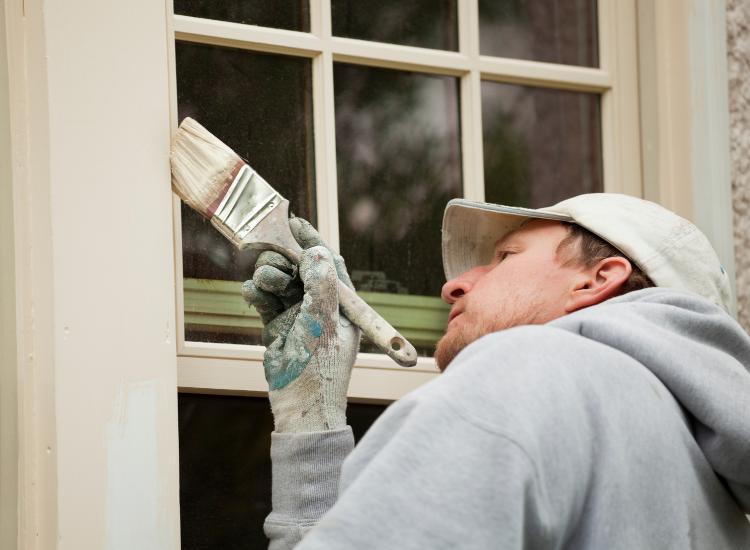
How long should I wait before painting a wet surface?
You should wait until the surface is completely dry before painting. This may take up to 24 to 72 hours, depending on the surface and weather conditions.
Is there a specific drying period for wood after pressure washing?
Yes, wood may take longer to dry, typically around 48-72 hours. It is crucial to let the wood dry completely before painting or staining to prevent moisture-related issues.
What’s the ideal waiting time to stain a deck after power washing?
It is best to wait at least 48 hours after power washing before staining your deck. This allows the wood to dry and helps the stain to adhere properly.
Do I need to wait after washing walls before painting?
Yes, you should wait until the walls are completely dry, which could take up to 24 hours, depending on the surface material and environmental factors.
What is the suggested method to clean exterior walls prior to painting?
Pressure washing is an effective method to clean exterior walls before painting. Be sure to use the appropriate pressure setting and nozzle to avoid damaging the surface.
Should I seal surfaces immediately after pressure washing?
It is best to wait for surfaces to dry completely before sealing. This may take between 24-48 hours, depending on the surface type and environmental conditions.
